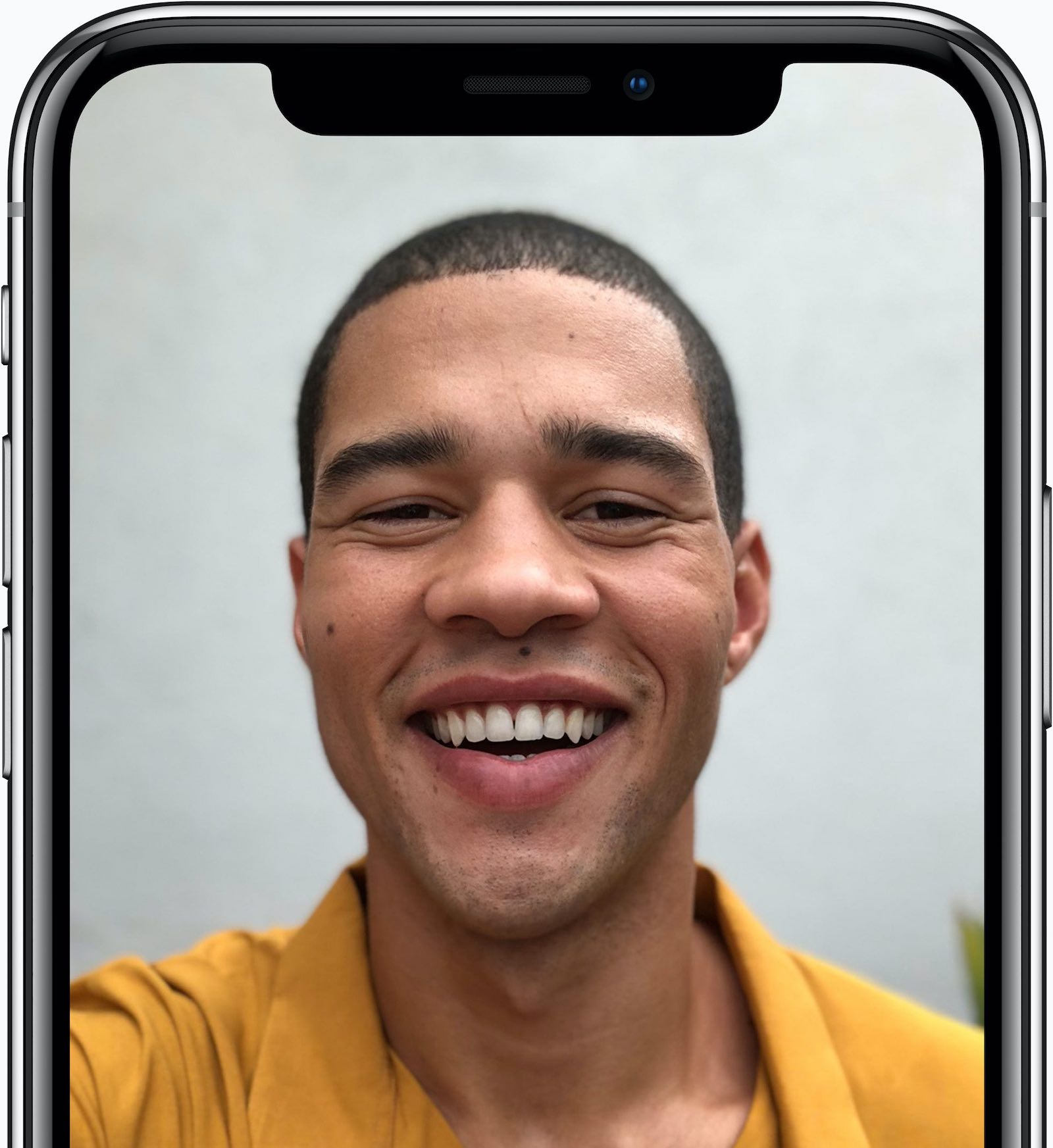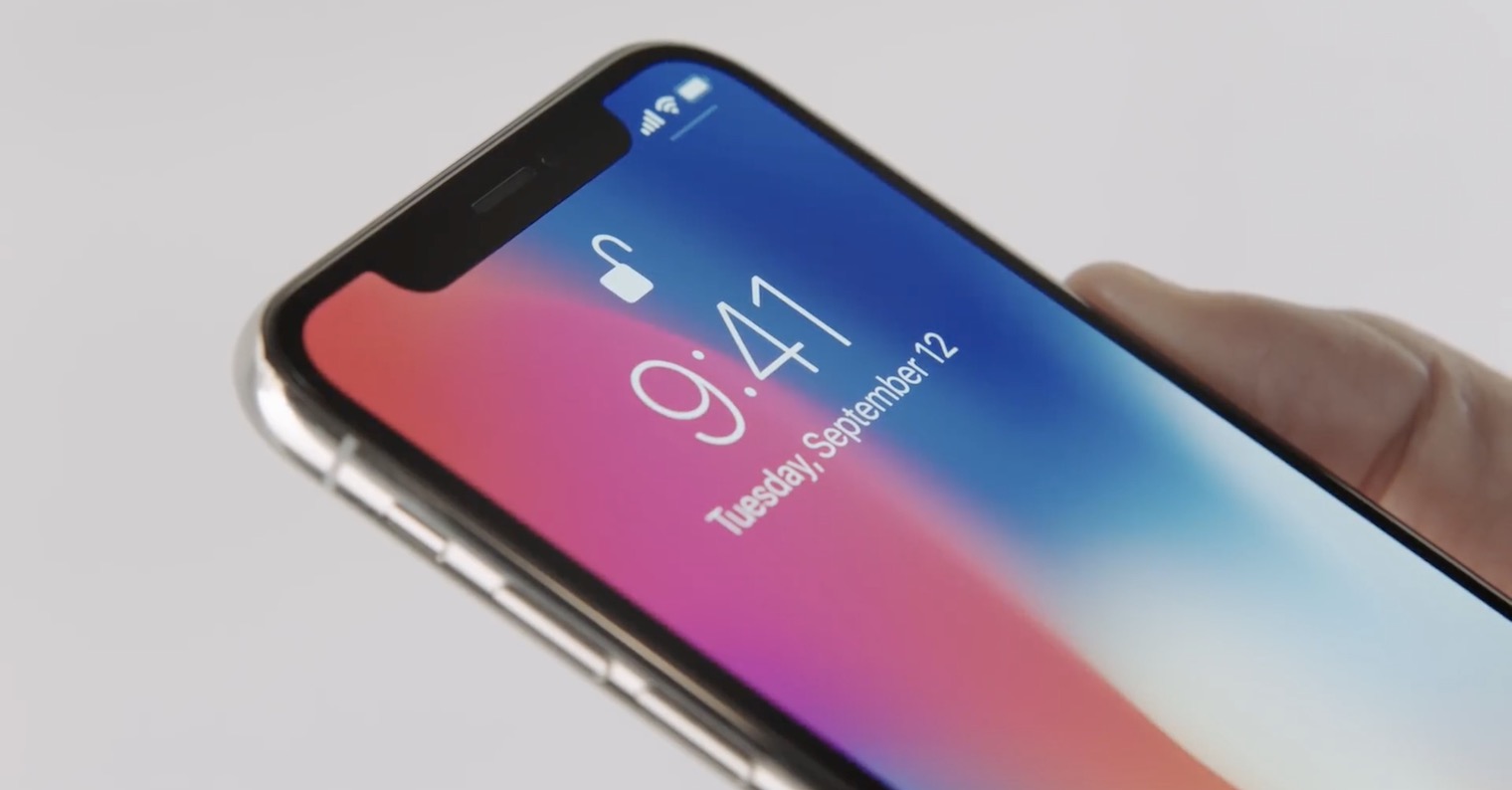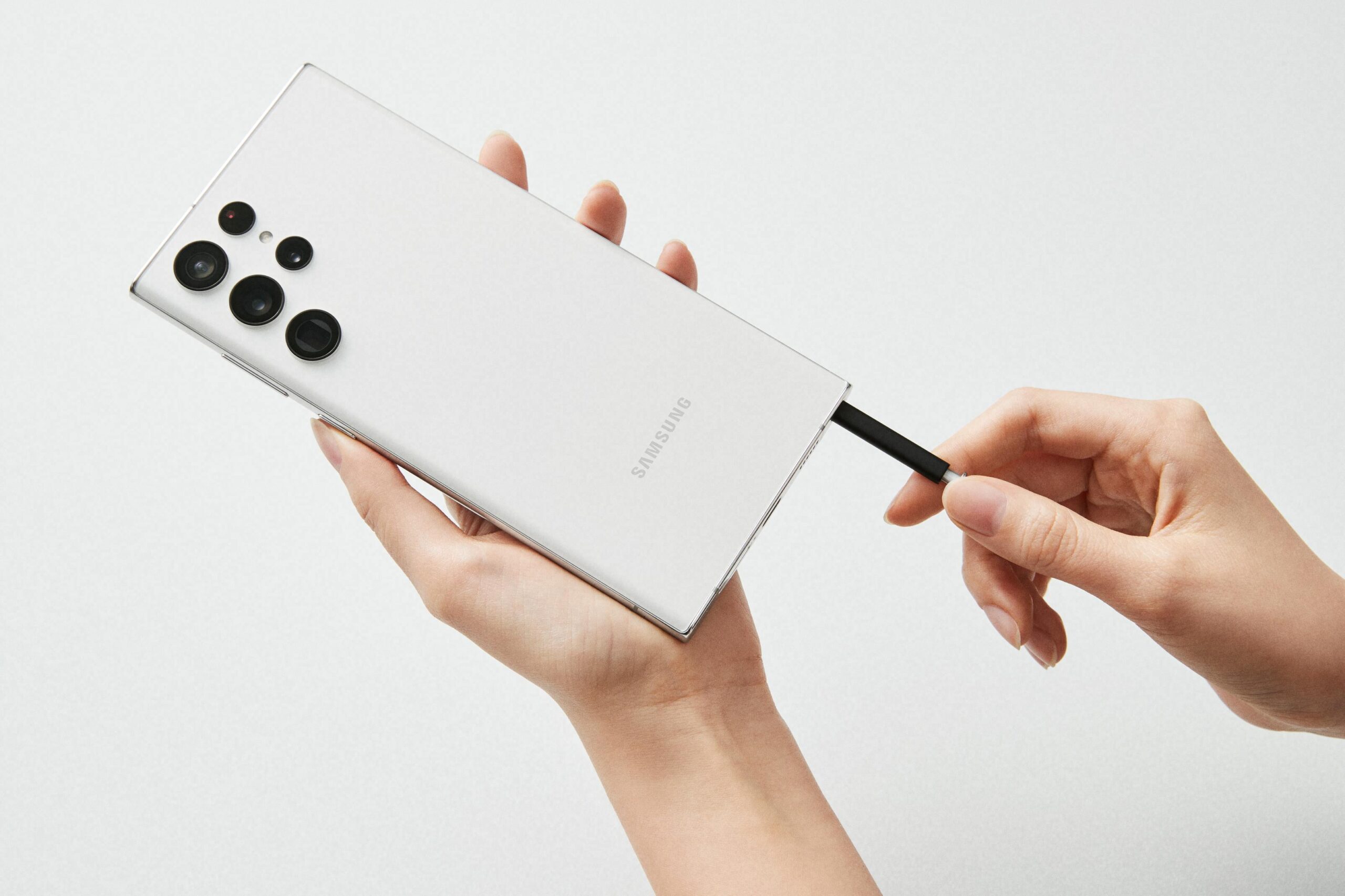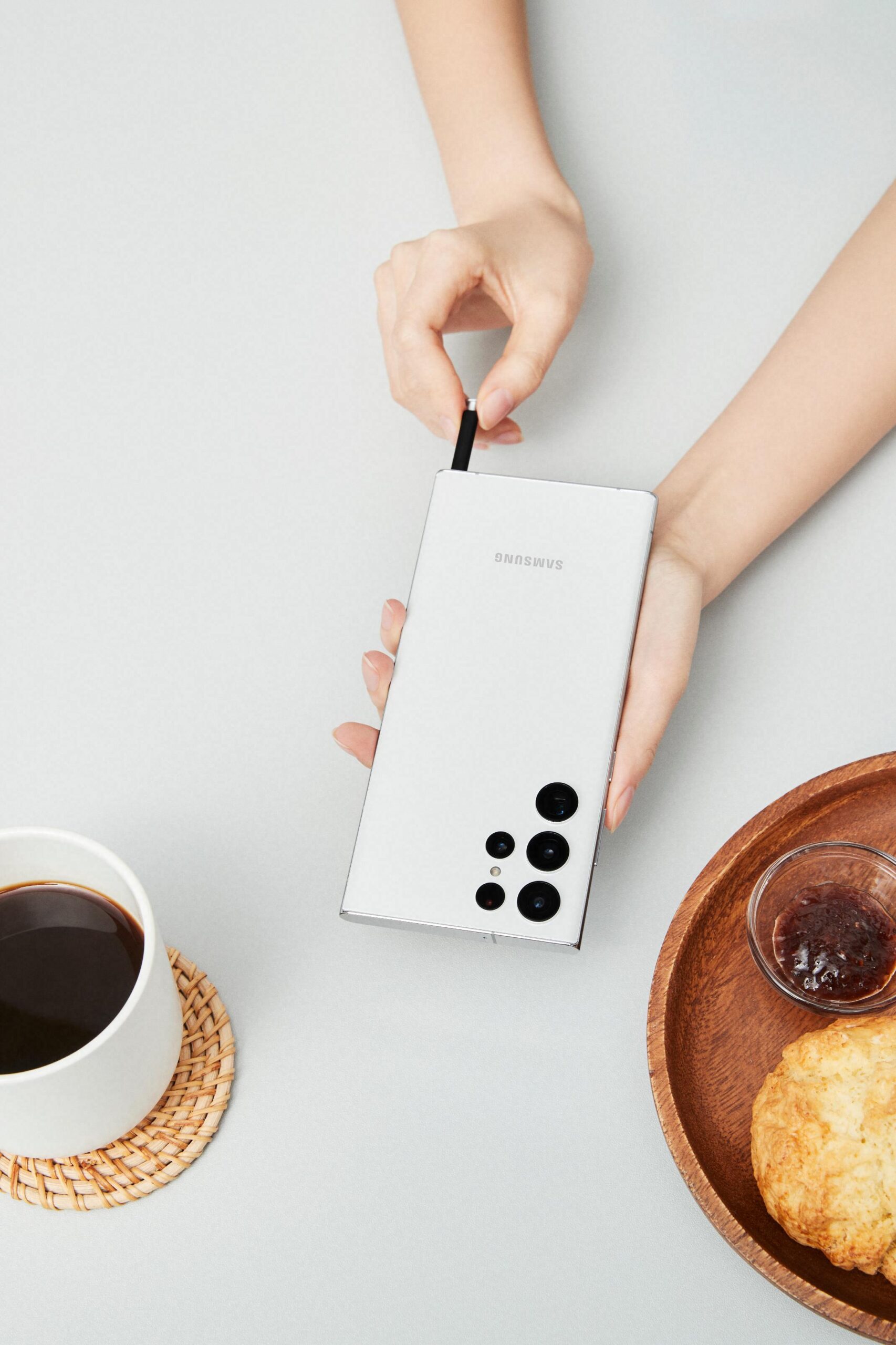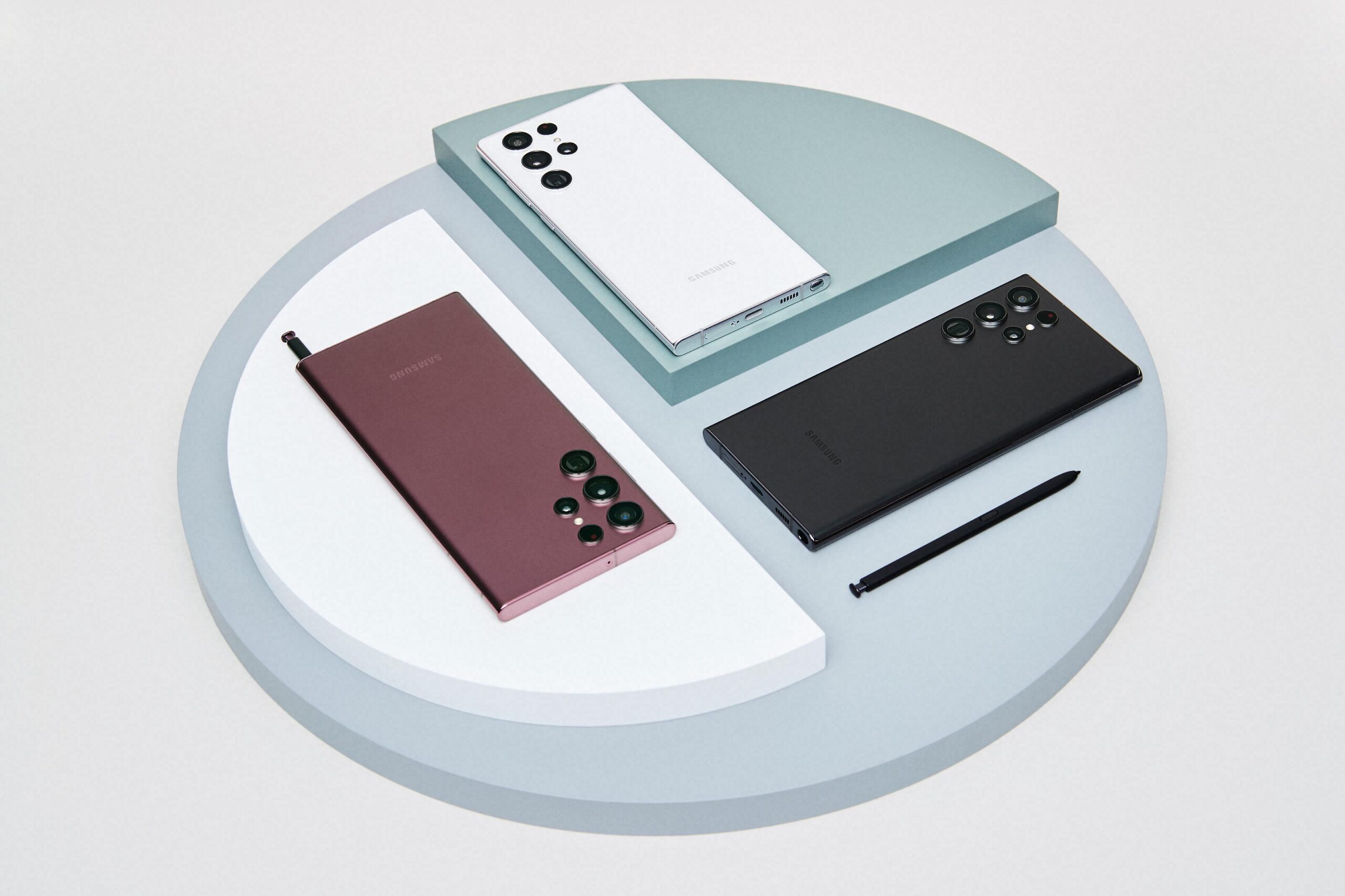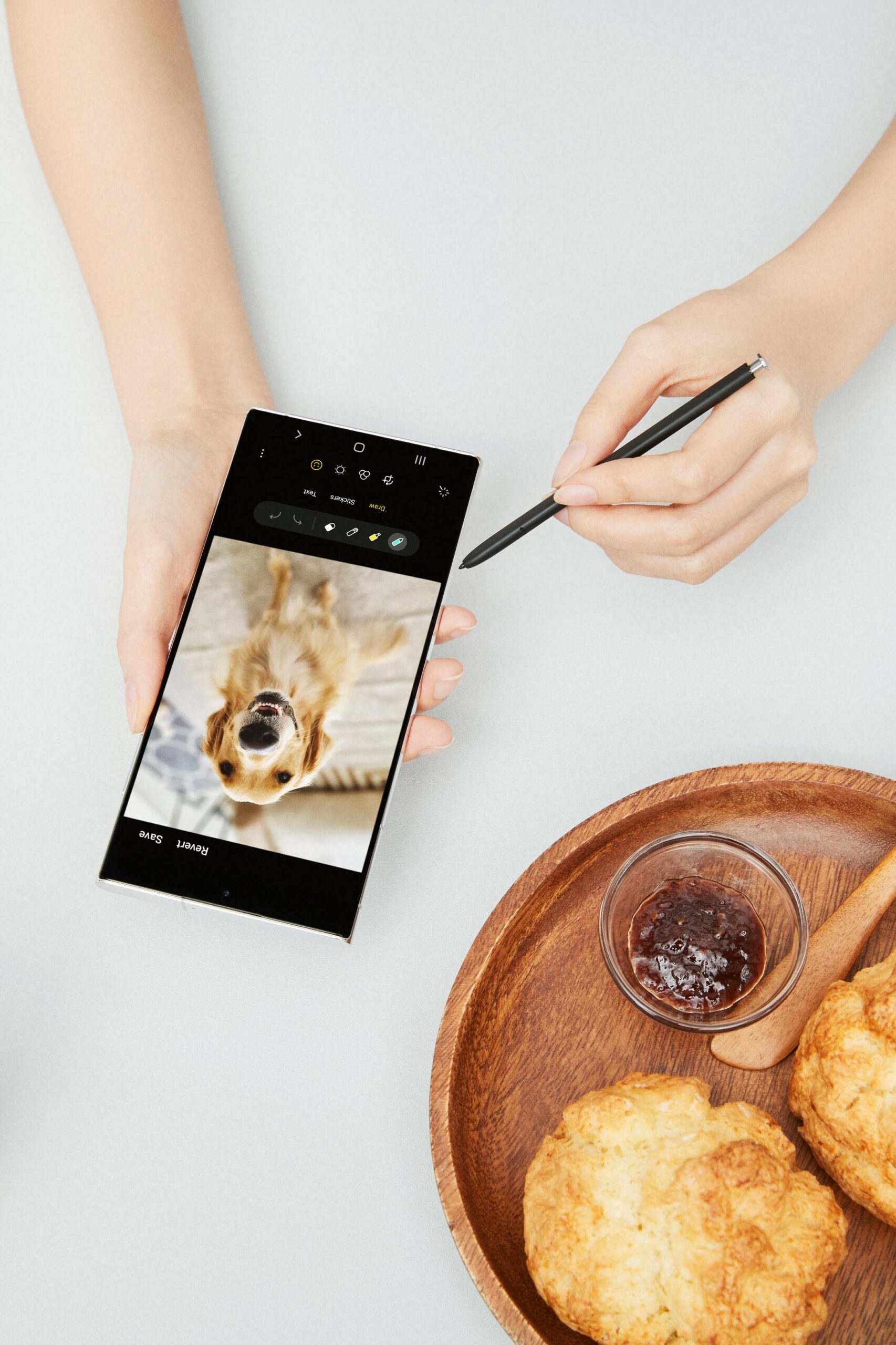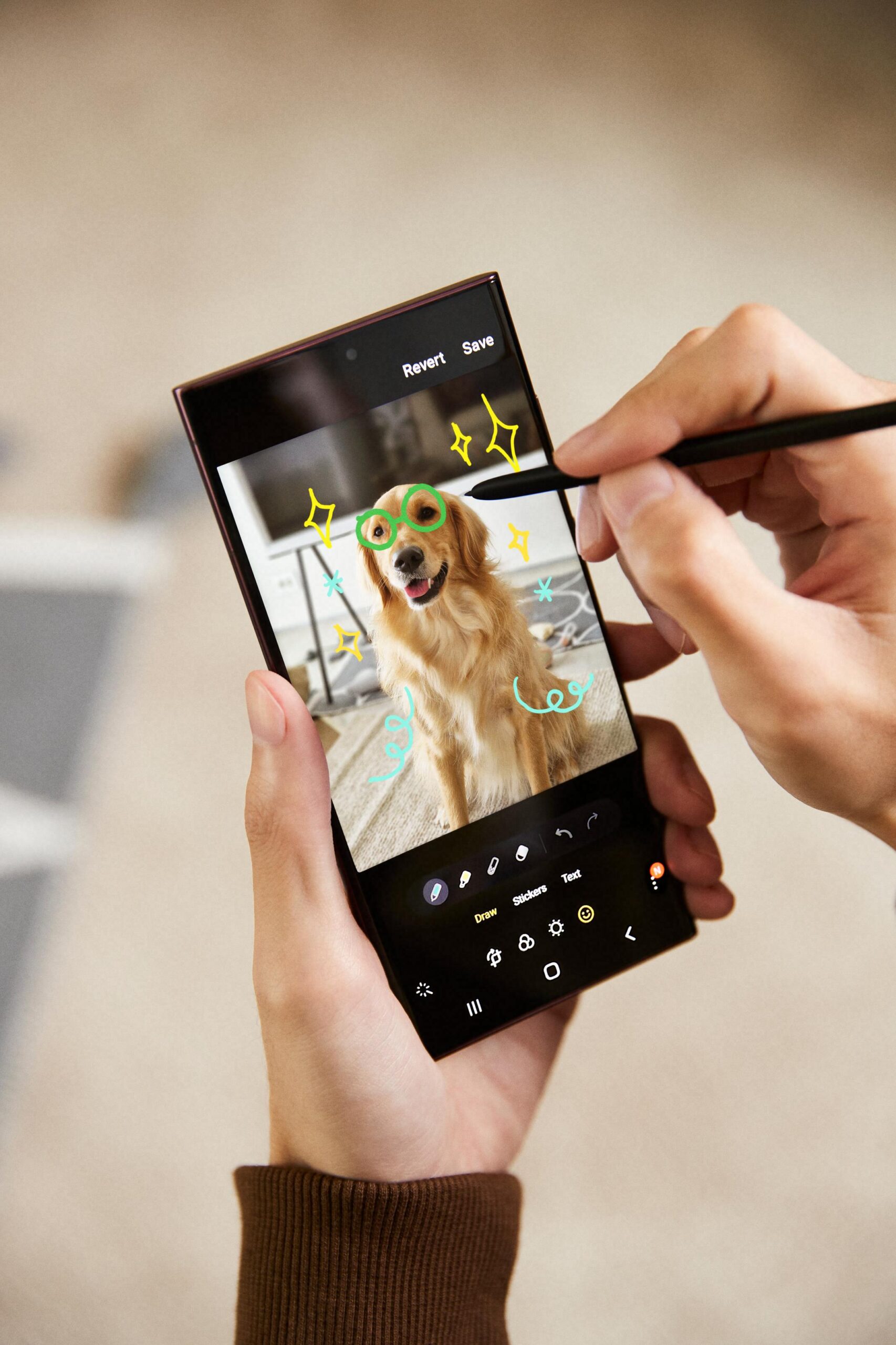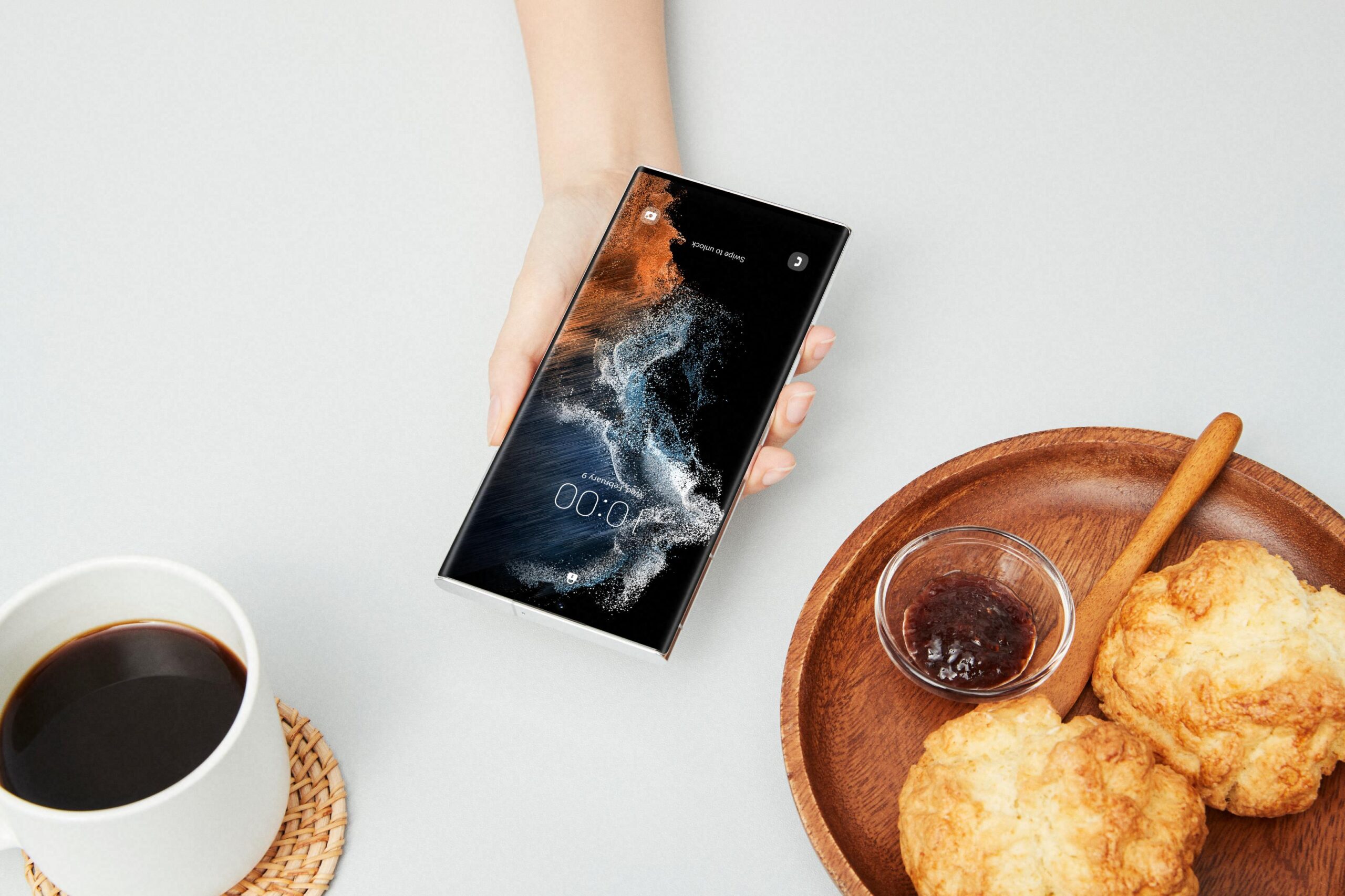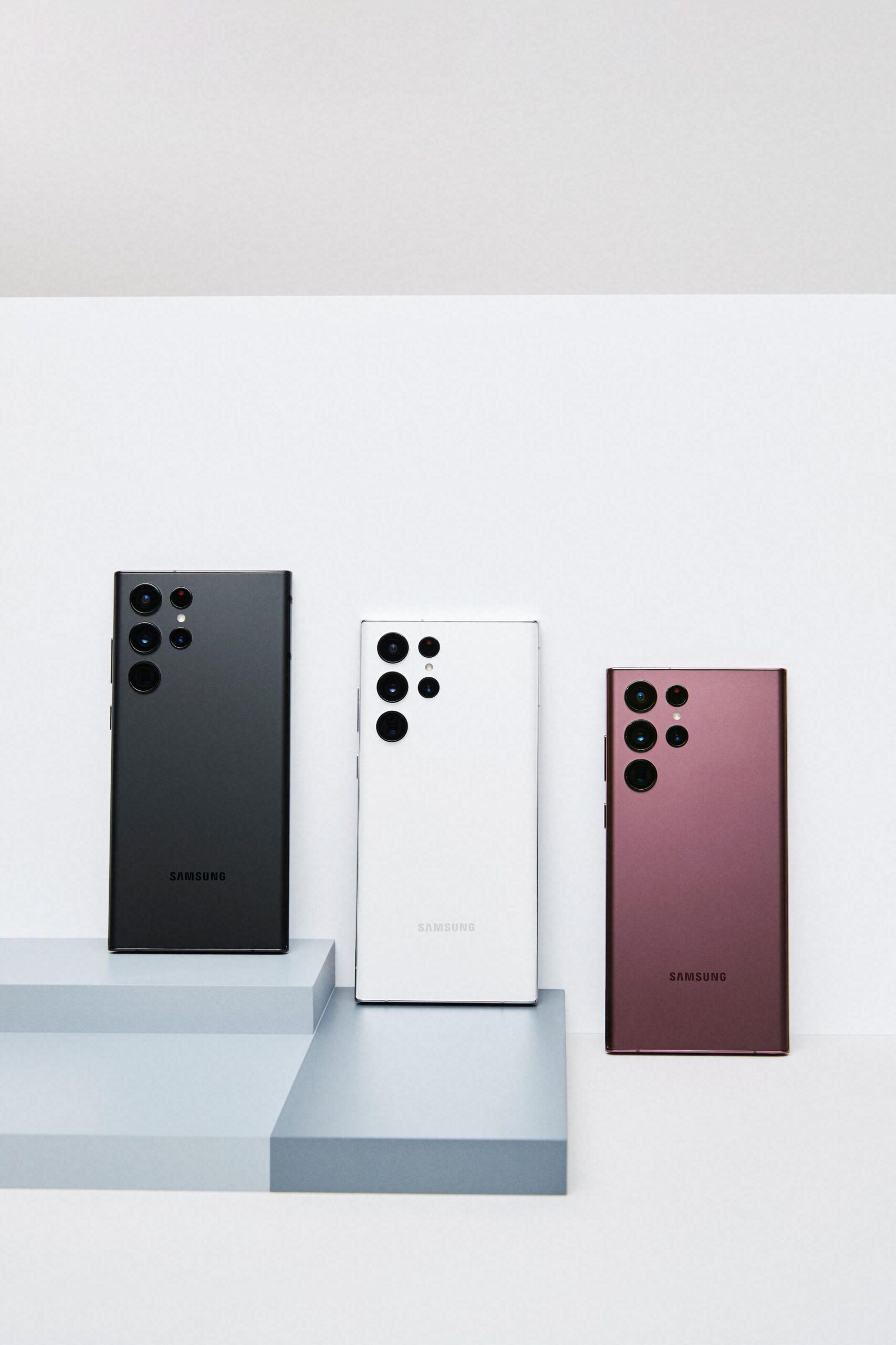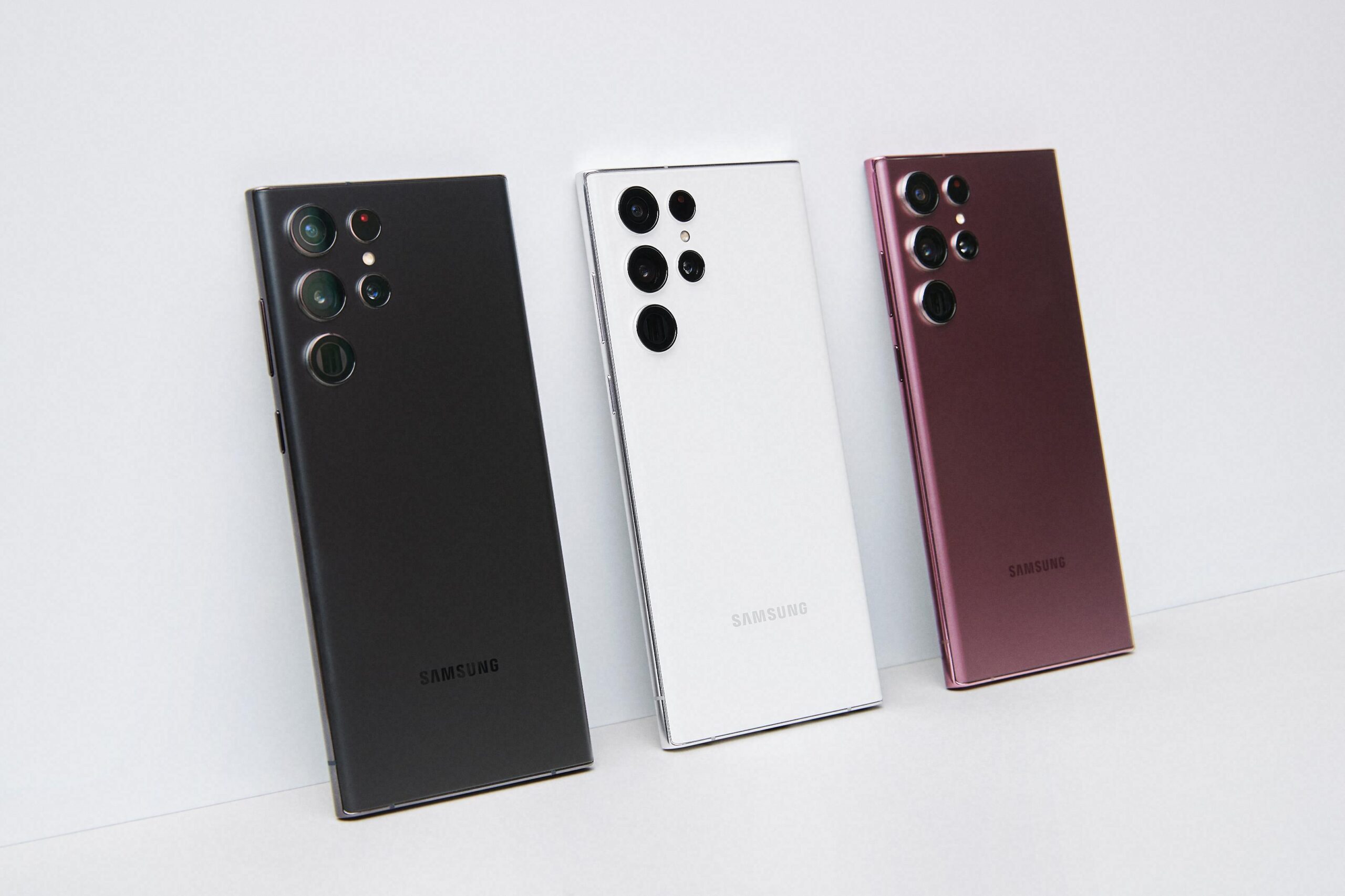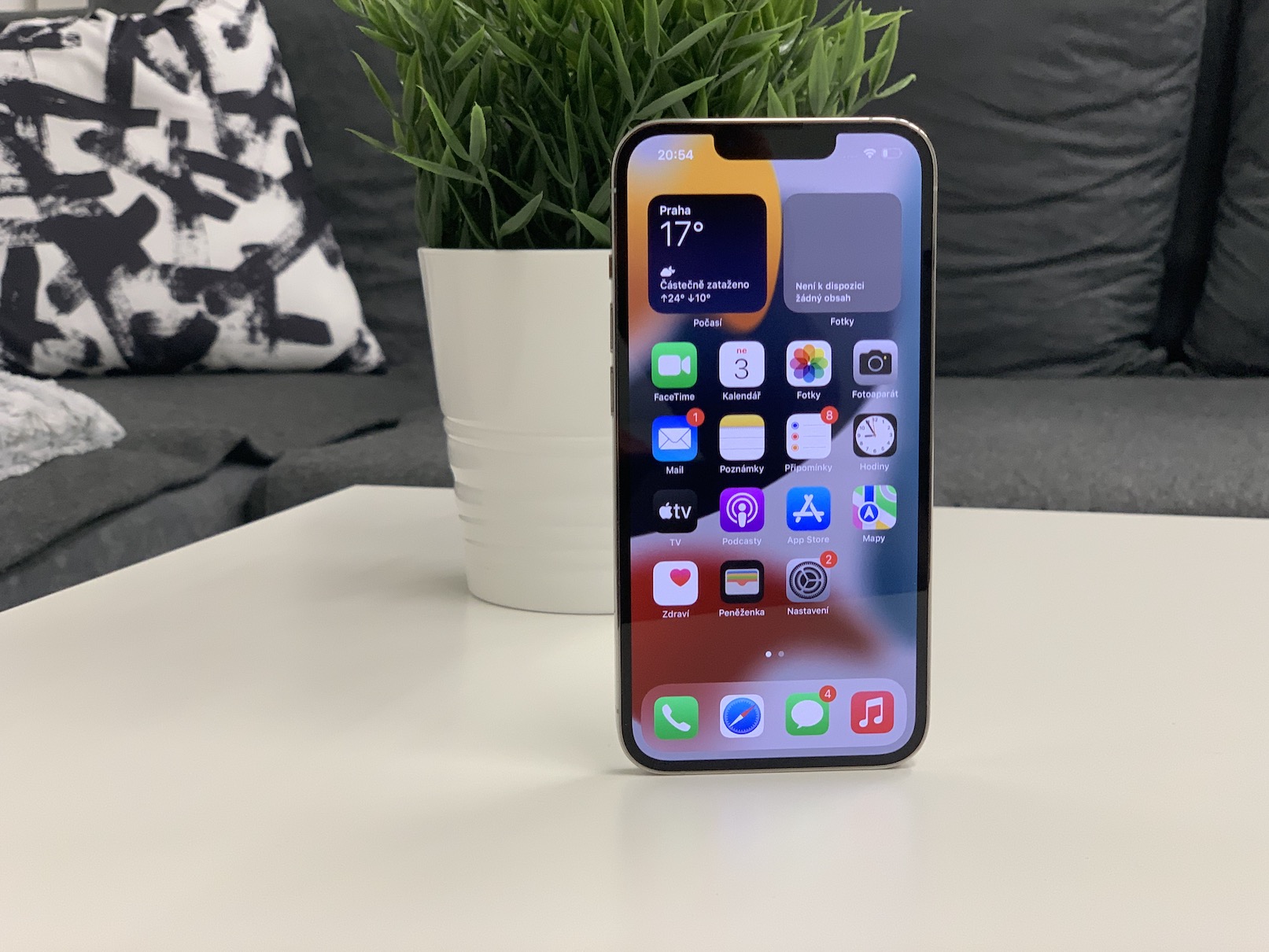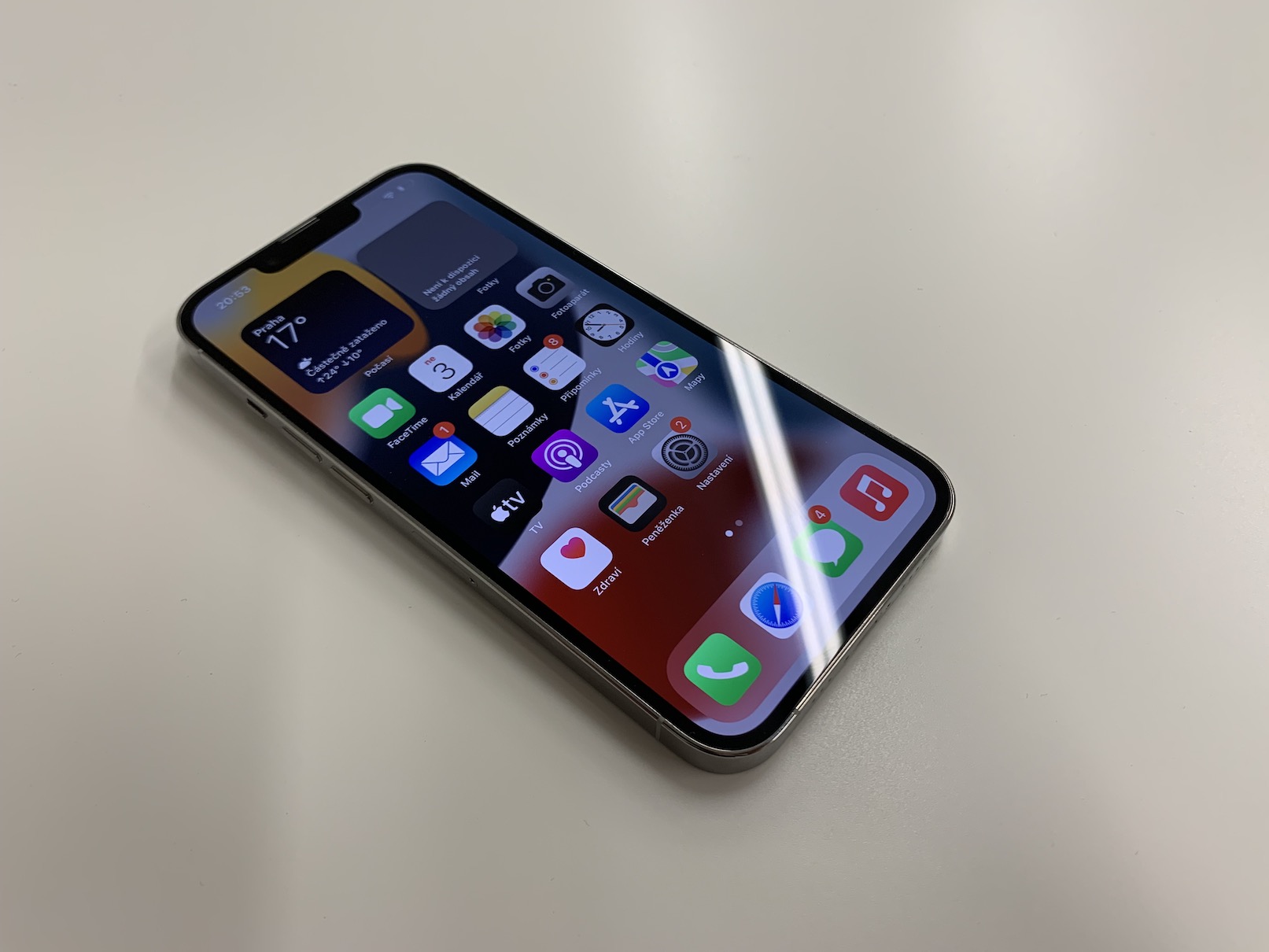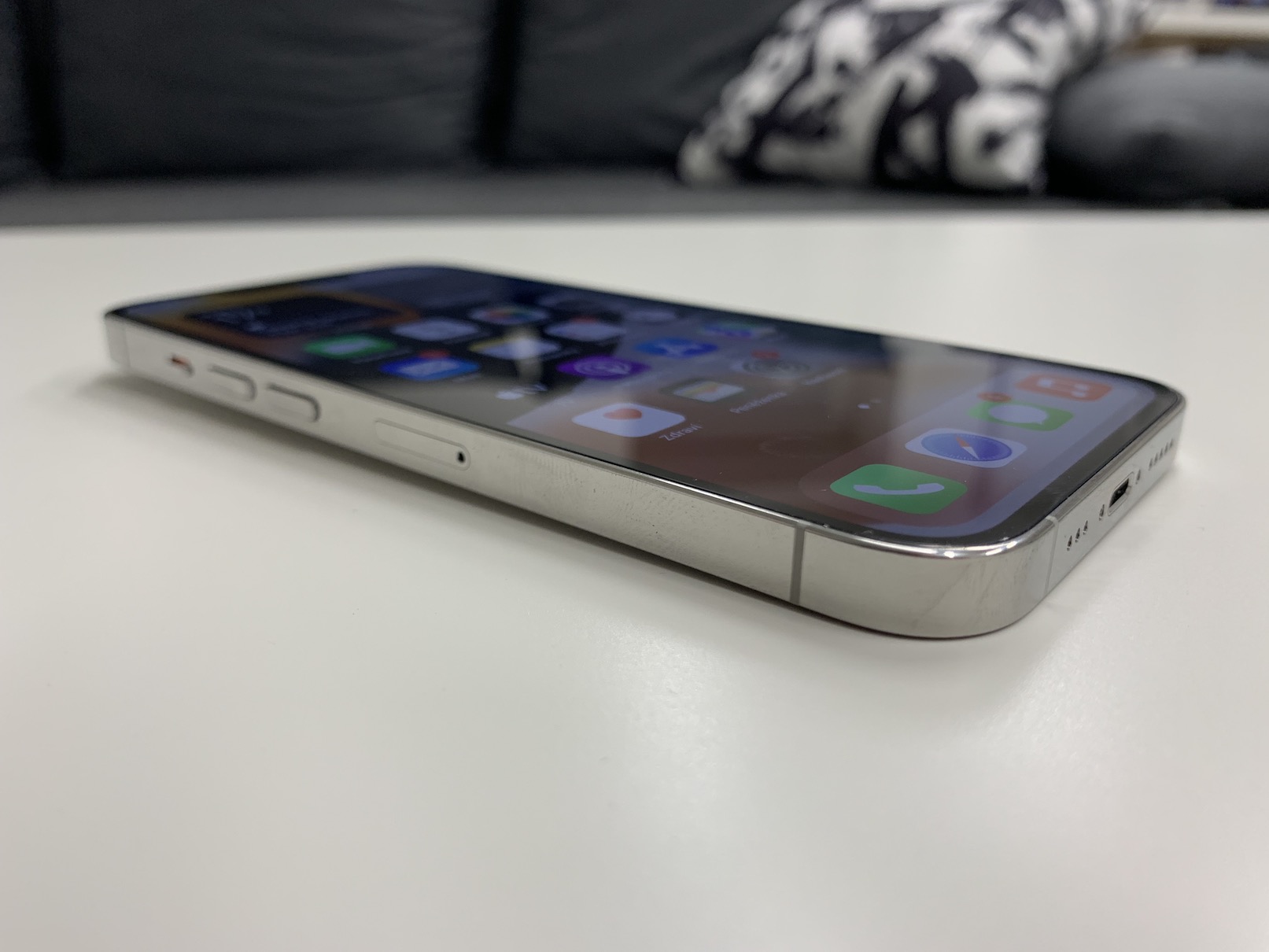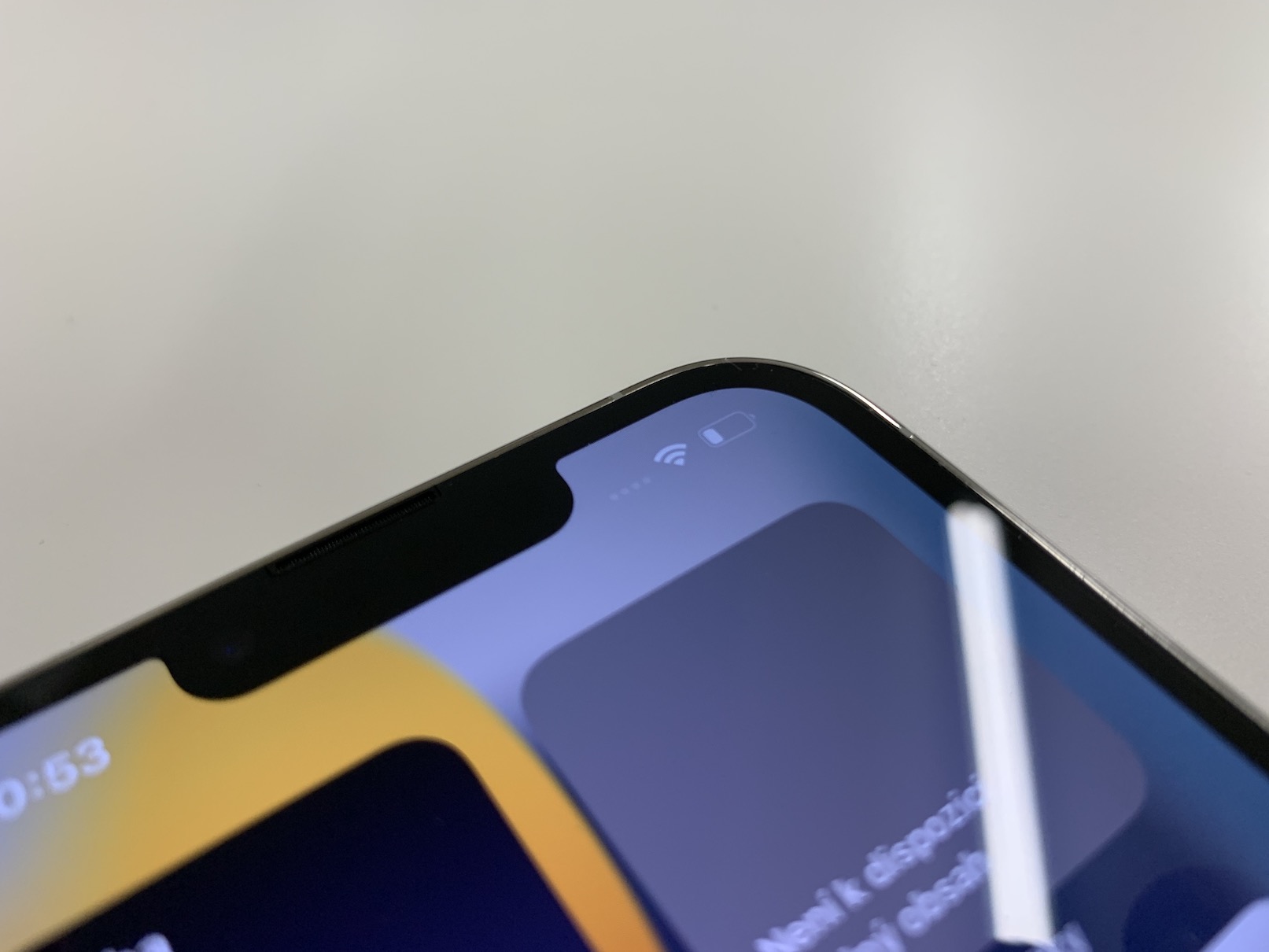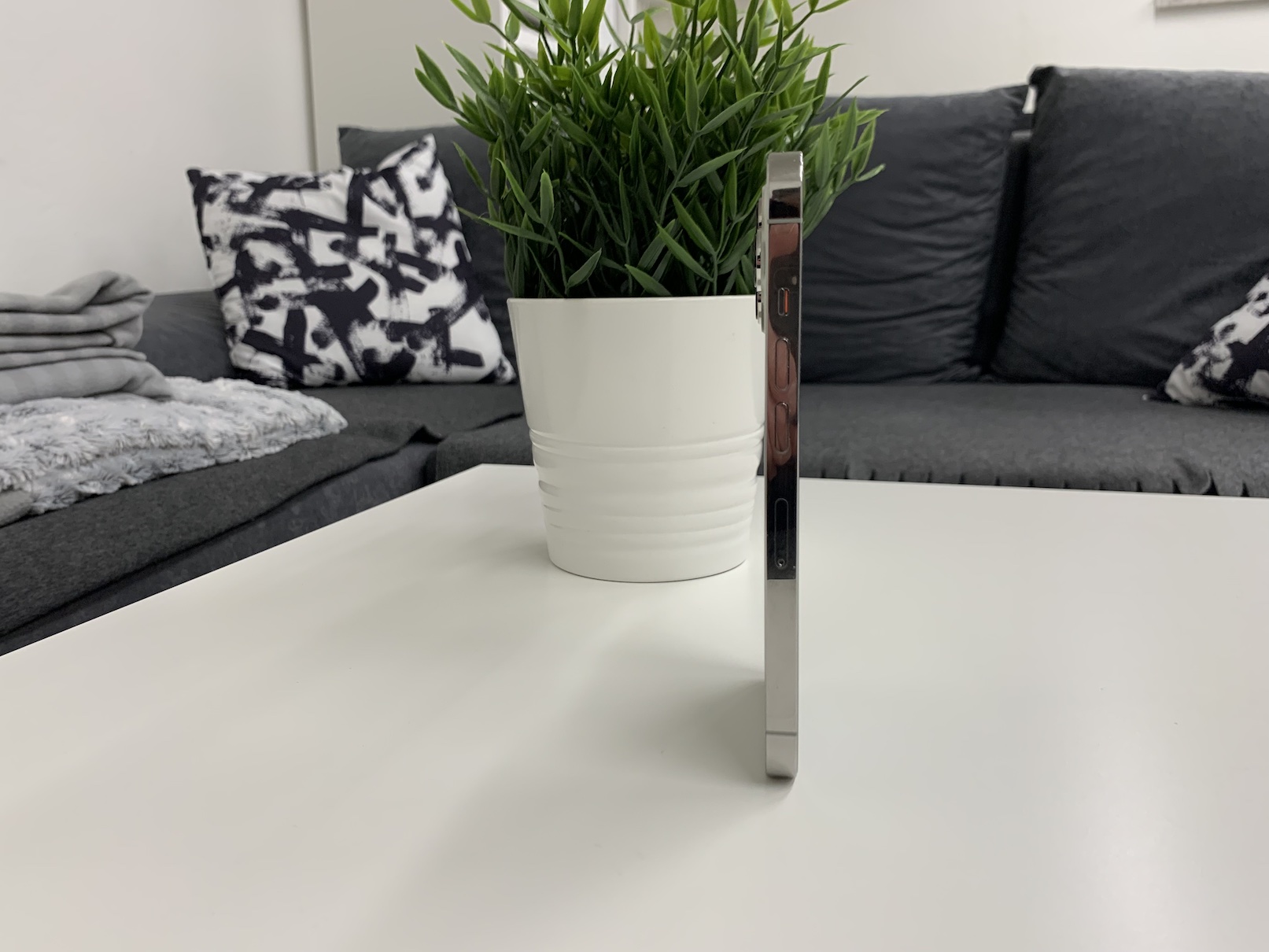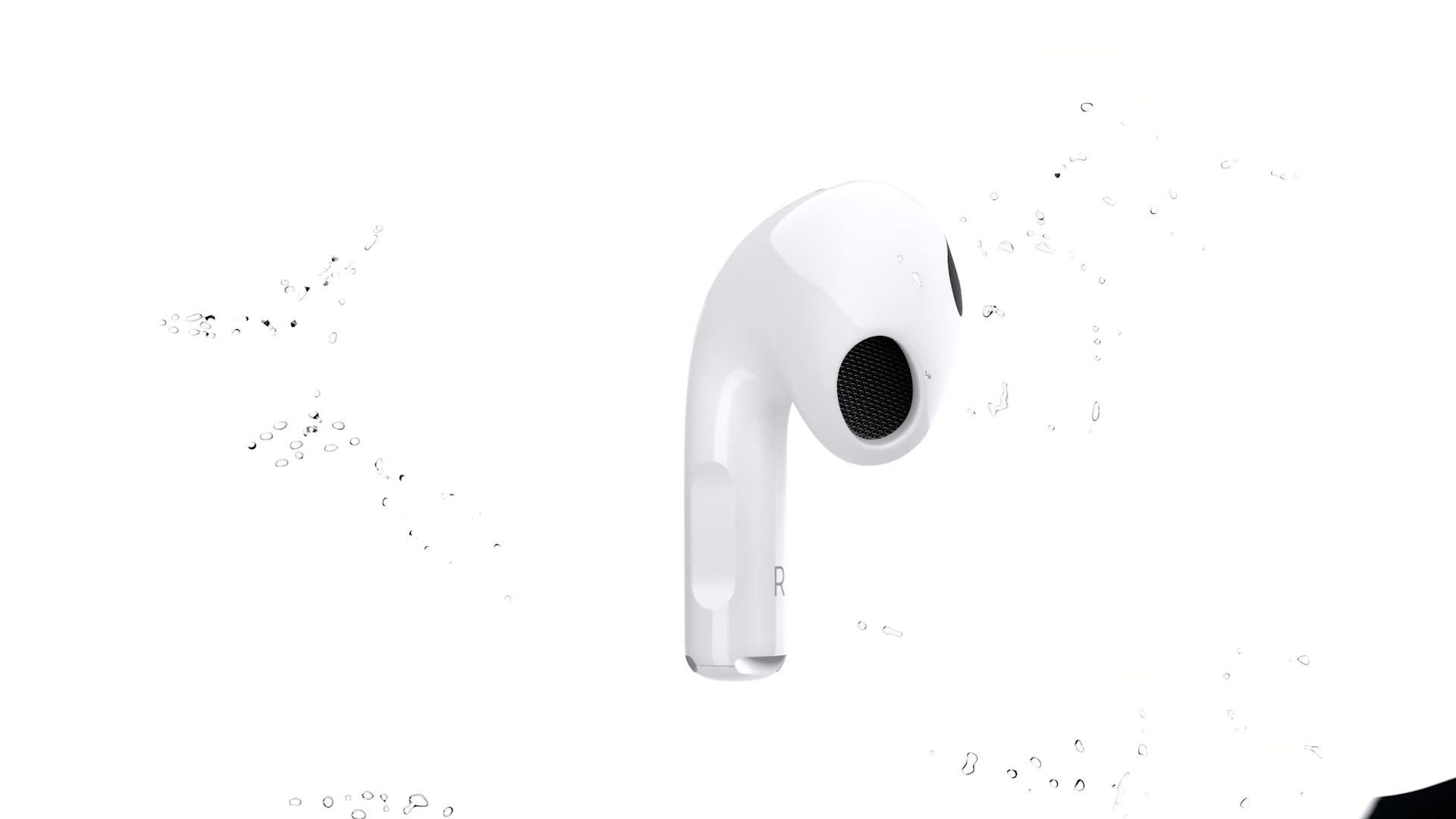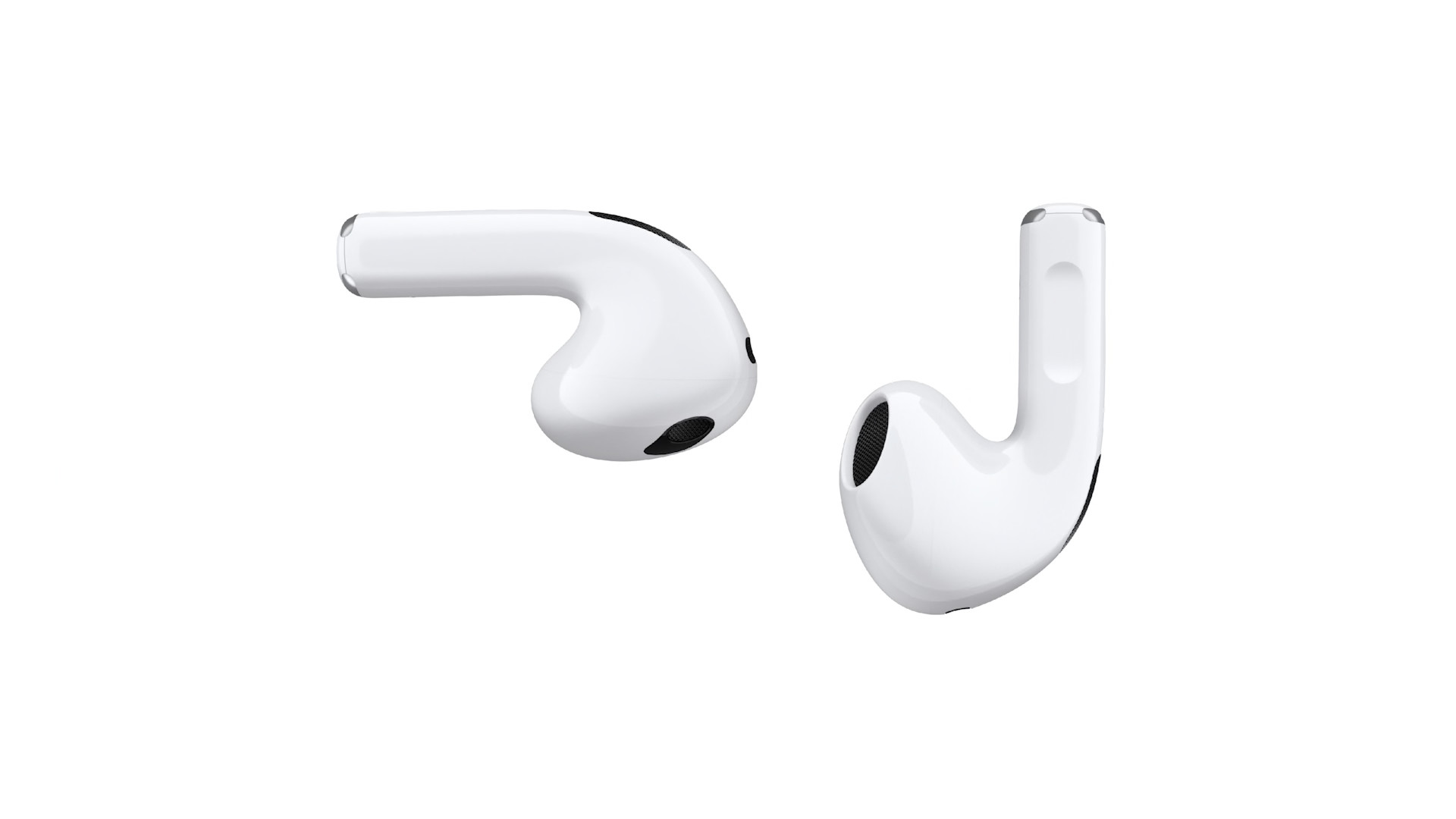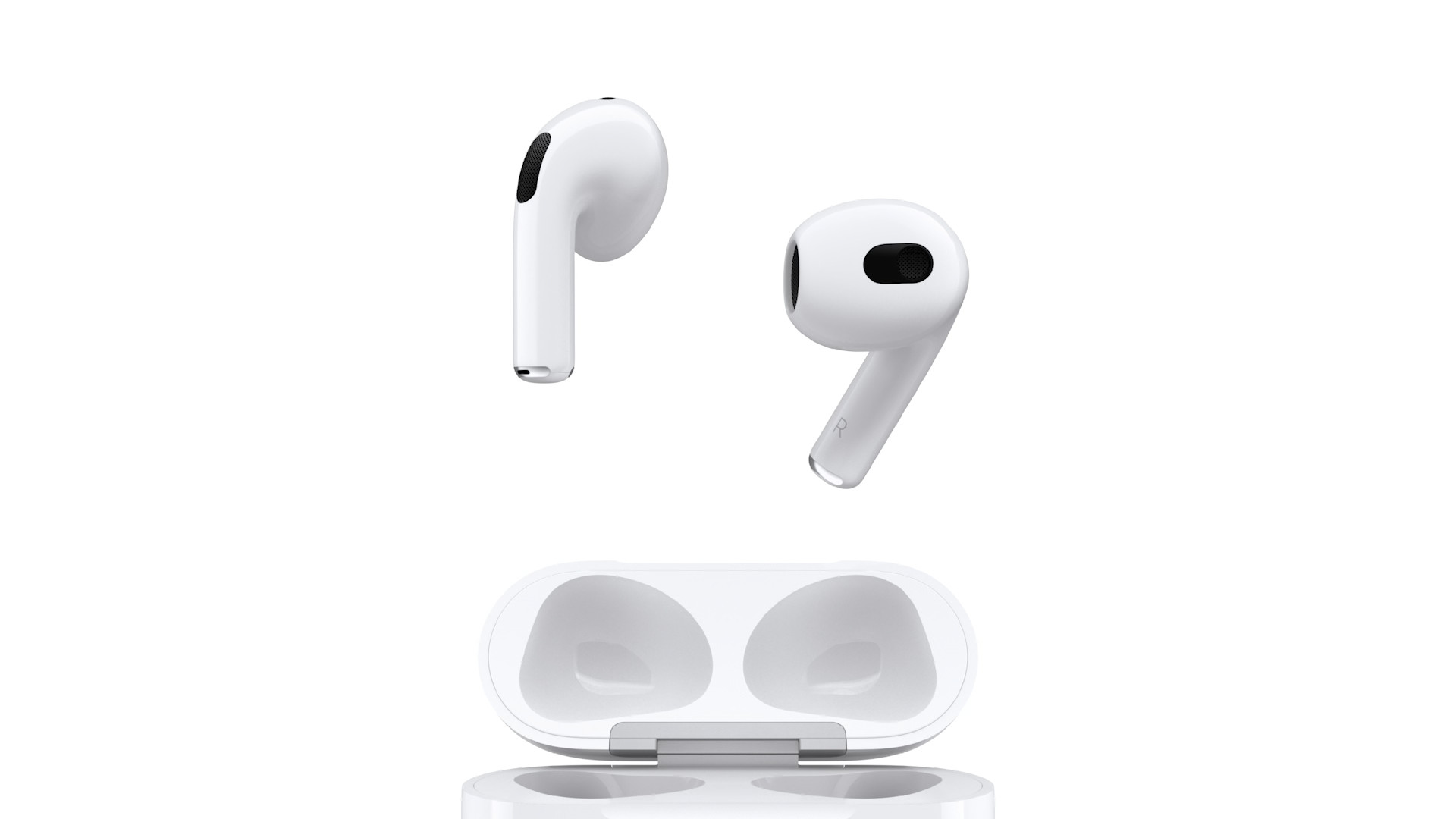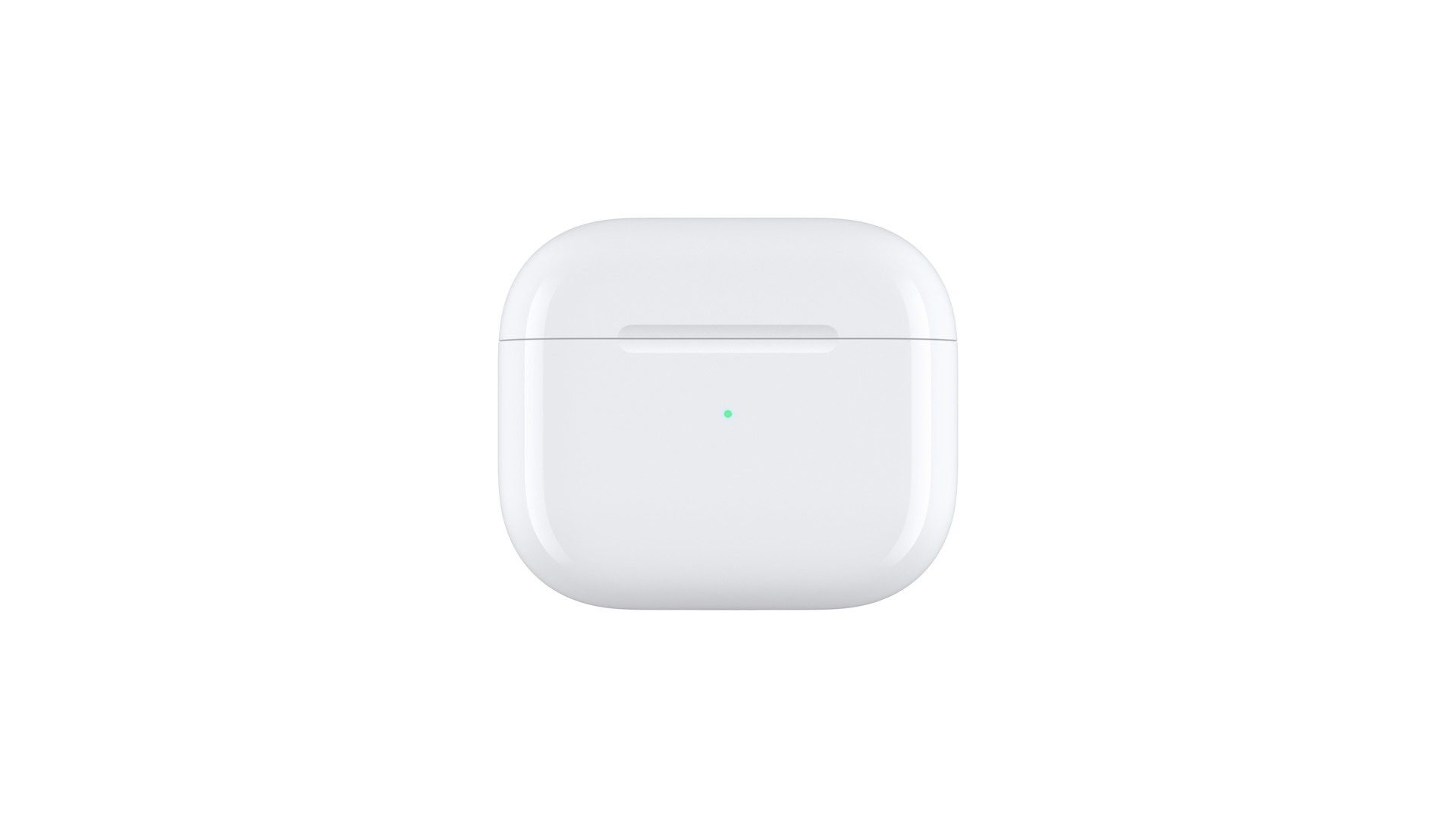In past years, design copying has been discussed a lot. Of course, the biggest cases revolved around the first iPhone and its subsequent generations, which, after all, still contained the same design language. The first big change came only with the iPhone X. And even that received many design references from other manufacturers. Recently, however, things have been different. And that also with regard to court battles.
The design of the front of the iPhone hasn't changed much since the introduction of the X model in 2017. Yes, the frames have narrowed, the rounded edges are straight and the cut-out has shrunk, otherwise there is not much to think about. Even so, it was a distinctive design, which is mainly due to the implementation of Face ID. While the iPhone X's cutout felt awkward, at least it serves a clear purpose—it houses a lighting reflector, a dot projector, and an infrared camera that allow Apple's authentication system to work. So the cutout serves as a statement about the technology underneath, which could explain why Apple paid so much attention to the design.
It could be interest you
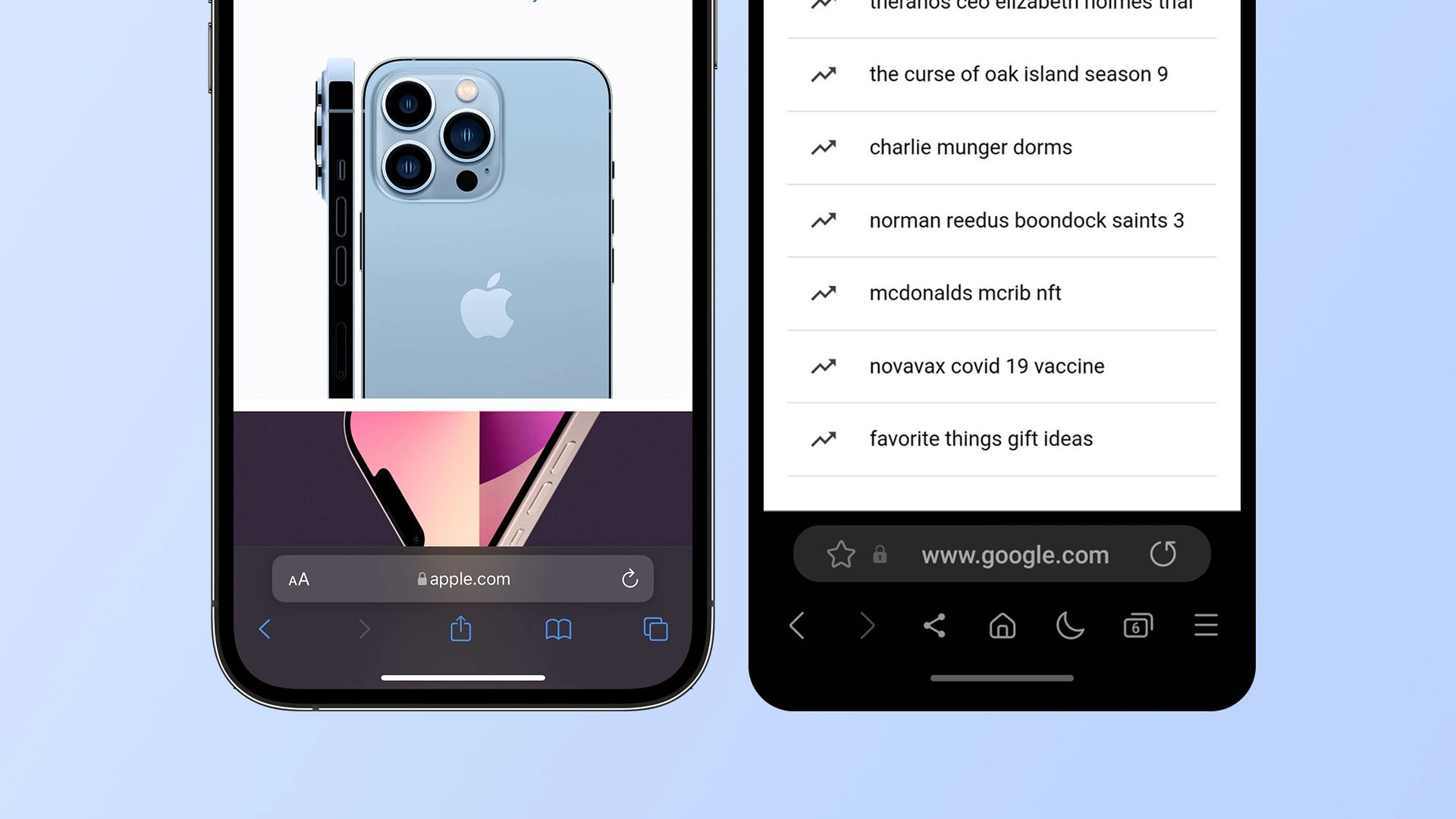
Face ID is just one thing
Then, when MWC was held in 2018, many other manufacturers copied this design, but practically no one realized the benefit of the cutout itself. E.g. Asus really boasted that its Zenfone 5 and 5Z have a smaller notch than the iPhone X, which was easy enough when neither phone offered an alternative to Face ID. The same was the case with several other iPhone X imitations that appeared at the exhibition.
For its Galaxy S9, Samsung decided to keep the top and bottom bezels thin while using curved glass that extends the display along the vertical edges. Xiaomi's Mi Mix phone from 2016 then had a single frame to house the front camera and transmitted sound through a vibrating metal frame instead of a speaker being present. At that time, Vivo even showed off a phone with a pop-up selfie camera. So the original designs were already there.
However, Samsung did not avoid unflattering comparisons as it tried to keep up with Face ID technology. While the Galaxy S8 forced users to choose between facial recognition (which worked best in well-lit environments) and iris scanning (which excelled in low-light conditions), its Galaxy S9 already combined both methods, trying one, then the other, and eventually both. This was said to be faster than the previous system, but it still suffered from the same security flaws. As long as the system relies on 2D image recognition, it is still susceptible to photo unlocking, which even today explains why, for example, Samsung does not allow facial recognition to authorize mobile payments.
But a lot has changed since then, and most manufacturers have found their own design language, which is only minimally based on Apple's (even if its camera layout still copies today). E.g. You really wouldn't mistake the Samsung S22 series for an iPhone. At the same time, it was Samsung that followed Apple design copying he paid considerable sums of money.
It could be interest you
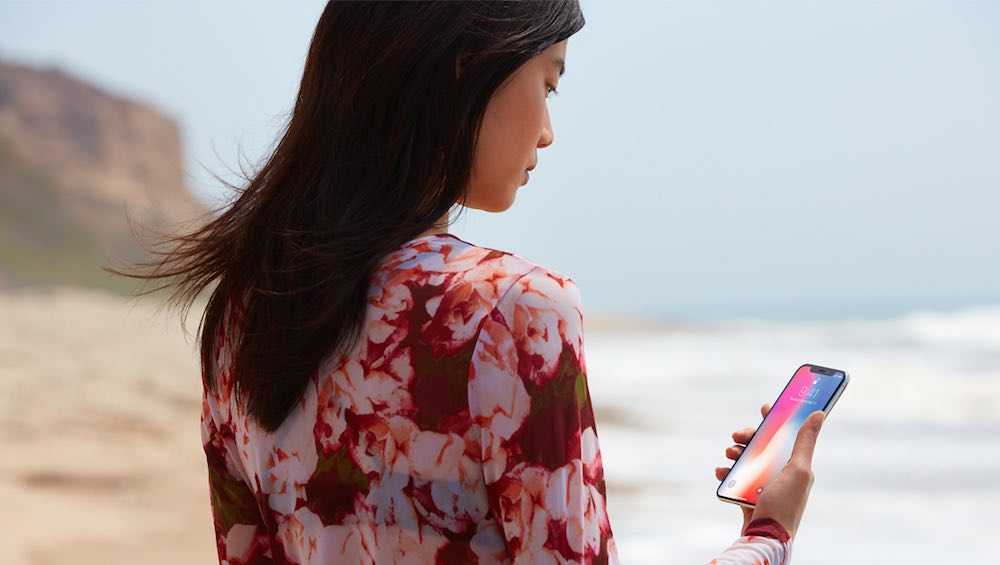
Another technology
And although Android phone manufacturers have taken some inspiration from Apple on a regular basis, especially when it comes to design, the company's newer features are no longer so easy to copy. Controversial decisions such as removing the headphone jack, abandoning Touch ID and turning the cutout into a clear design signature make sense only because they rely on exclusive technologies such as the W1 chip for AirPods and the TrueDepth camera system.
But that doesn't mean there aren't any opportunities to beat Apple. E.g. Razer was the first to bring adaptive refresh rate to its smartphone. And if Apple brought a smooth adaptive refresh rate, Samsung has already surpassed it in the Galaxy S22 series, because its one starts at 1 Hz, Apple's at 10 Hz. Vivo was the first to show a fingerprint reader built into the display. We probably won't get that from Apple.
It could be interest you
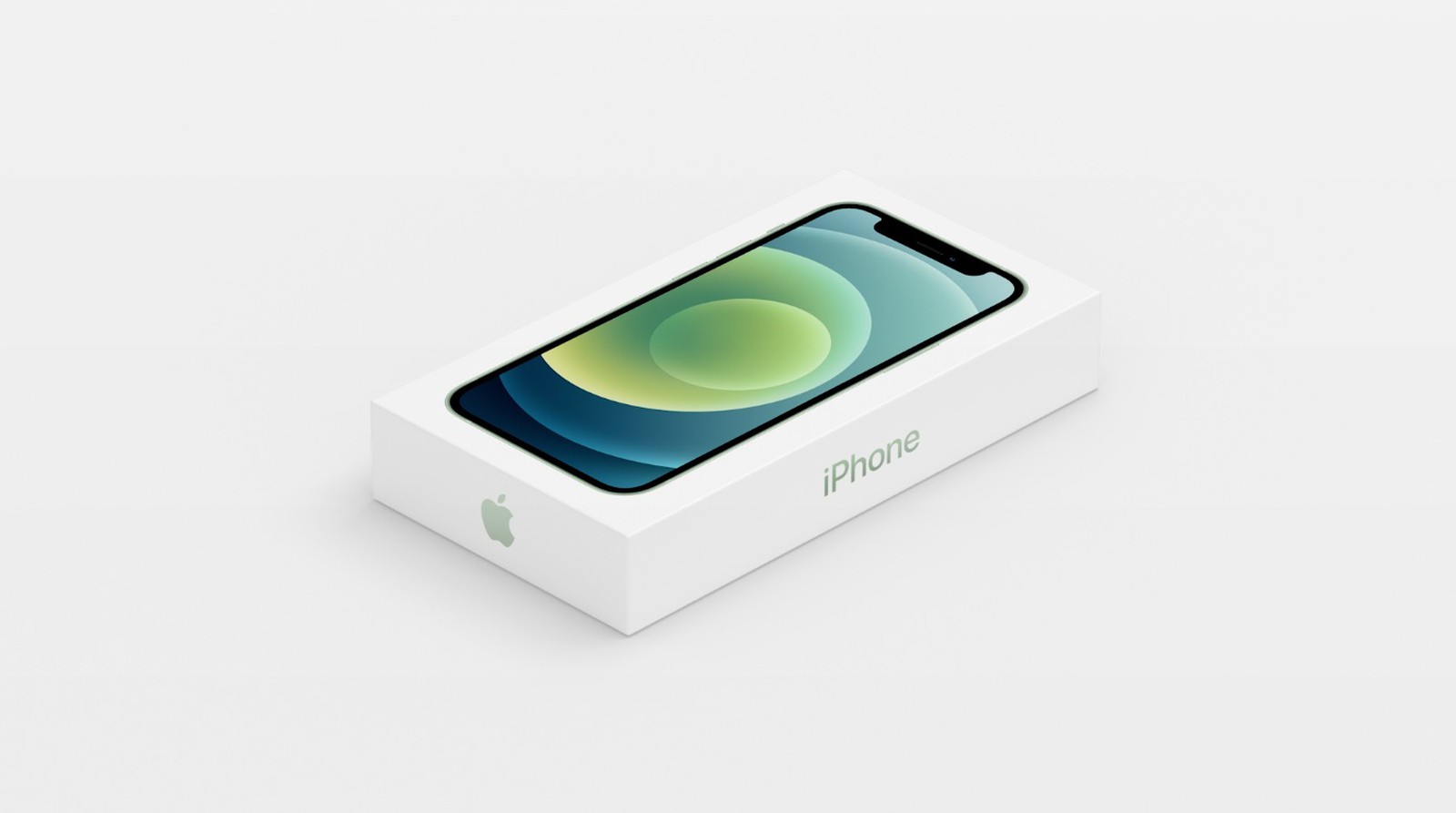
Headphones and flexible phones
Not only the appearance of the phone was copied, but also the accessories. AirPods revolutionized wireless listening to music, because it was with them that the TWS label came out and everyone wanted to make a living out of it. Everyone had a stem, everyone wanted their headphones to look like Apple's. However, there are no lawsuits, lawsuits or compensation. With the exception of O2 Pods and Chinese copies of cheap brands that simply seem to have fallen out of favor with AirPods, other manufacturers have more or less switched to their own design. Apple will have a hard time now if it presents a flexible phone of its own. Willy-nilly, it will probably be based on some solution that already exists, and therefore he will rather be charged with a certain copying of the design.
 Adam Kos
Adam Kos 

